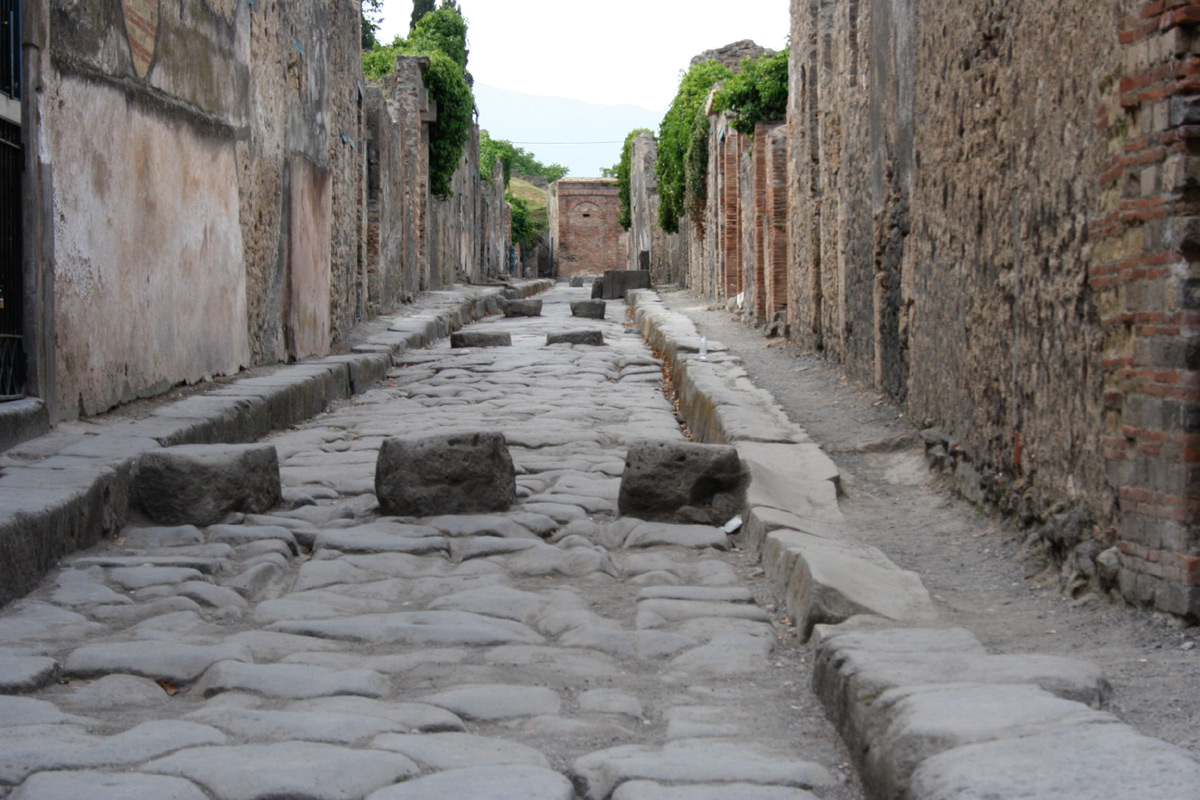Pompeii-Italy and the visit
Structure of the day_Pompeii
town petrified in time......
Image source :http://www.dayofarchaeology.com/
When Mount Vesuvius erupted in AD 79, the town of Pompeii, near modern-day Naples, was complely buried in 20ft (6 m) of pumice and ash. It was rediscovered in the 16th century, but serious excavation only began in 17 48. This amazing find revealed an entire town petrified in time. Houses, temples, works of art, and everyday objects have been unearthed, all in a remarkably good state of preservation, providing a unique insight into everyday life at the height of the Roman Empire.
VIA DEU'ABBONDANZA AND VIA STABIANA
Once the liveliest, buSiest street in Pompeii, Via deli'Abbondanza was lined with private homes and shops sell1ng a wide range of goods. Felt and tanned hide were sold at the shop of Verecundus, and farther a long, there is a lso a well-preserved laundry. Among the inns (thermop!ia), the most famous be longed to Aselli na, whose obliging fore ign waitresses are depicted in graffiti on the wall. The inn sti II has a record of the proceeds of that fateful day in AD 79: 683 sesterces. The Via S tabiana was a major road, used by carriages traveling between Pompeii and the port and coastal districts. On the wt>st side stood the Stabian Baths.

Image source: https://upload.wikimedia.org/
VESUVIUS AND THE CAMPANIAN TOWNS
Almost 2,000 years alter the eruption ot Mount Vesuvius, the Roman towns In Its shadow are still being rei eased trom the petrification that engulfed them. Pompeii and Stabiae (Castellammare dl Stabia ), to the southeast ot Naples and the volcano, were smothered by hot ash and pumice stone. The roofs ot the buildings collapsed under the weight or the volcanic ~@~~~ debris. To the west, Herculaneum li!i (Ercolano) vanished under a sea Casts of a mother and <hild in the ar<heologi<al museum in Naples of mud. A large number ot its buildings have survived, their roots Intact. and many domestic
i terns were preserved by the mud. About 2,000 Pompeiians perished, but few, if any, of the residents of Herculaneum died, Much of our knowledge of the daily lives of the ancient Romans derives from the excavations of Pompeii and Herculaneum. Most of the objects from them are now held in Na pies' Mus eo Archeologico NaZionale, creating an outstanding archeological collection. Although Mount Vesuvius has not erupted since 1944, it rumbles occasionally, causing minor earthquakes.
The art of Pompeii
Villas and public areas such as theaters were richly decorated with lively wall frescoes, mosaics, and statues, some of which miraculously survived the eruption. Designs and themes were strongly influenced by late-Classical and Hellenistic art, and clients often commissioned close copies of Greek originals
Image source : http://static5.businessinsider.com/
Bakery of Modesto
Thirty-three bakeries have so far been found in Pompeii. The carbonized remains of loaves of bread were found in this one, revealing that the oven was in use at the time of the eruption.


0 Response to "Pompeii-Italy and the visit"
Post a Comment